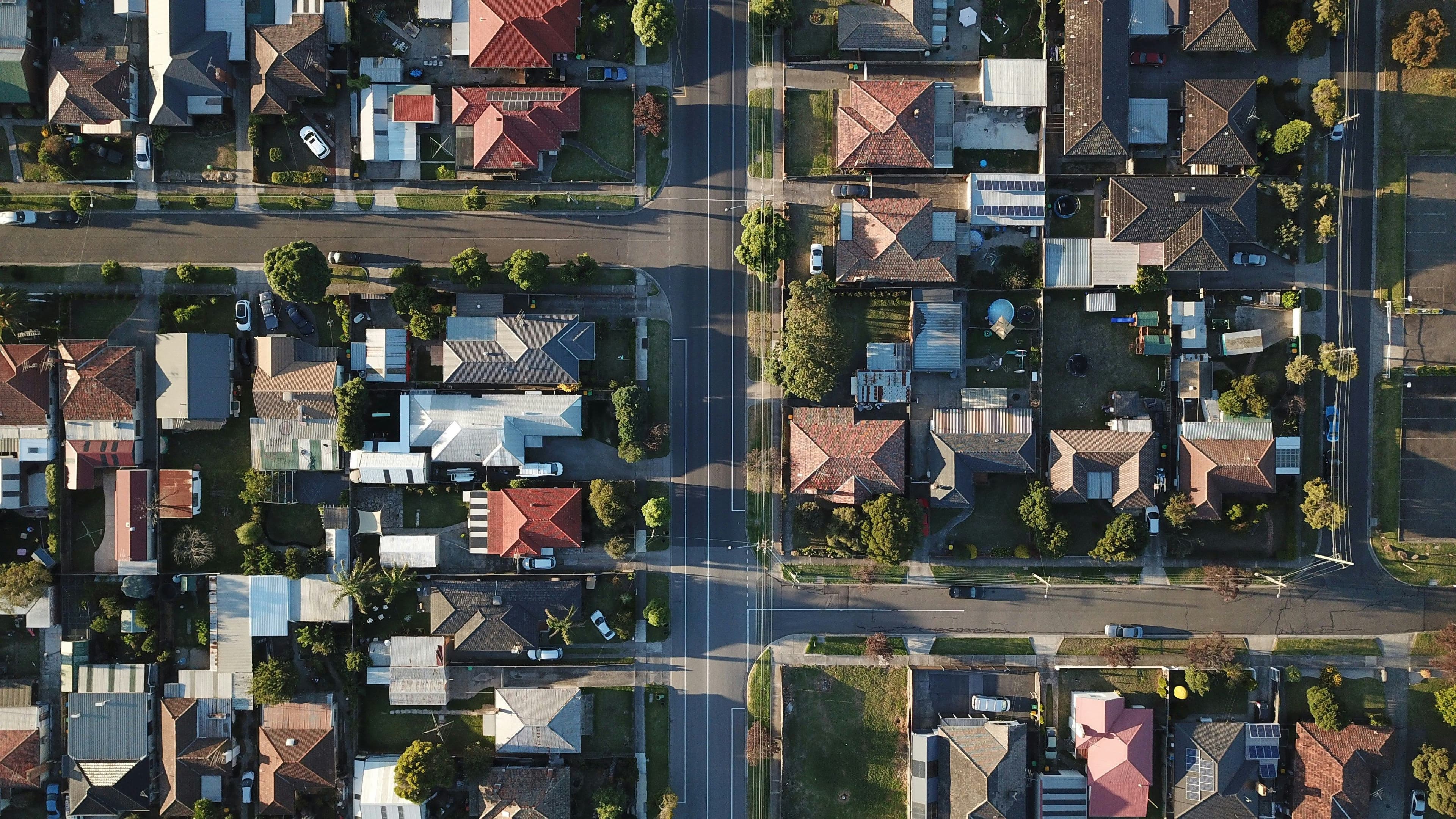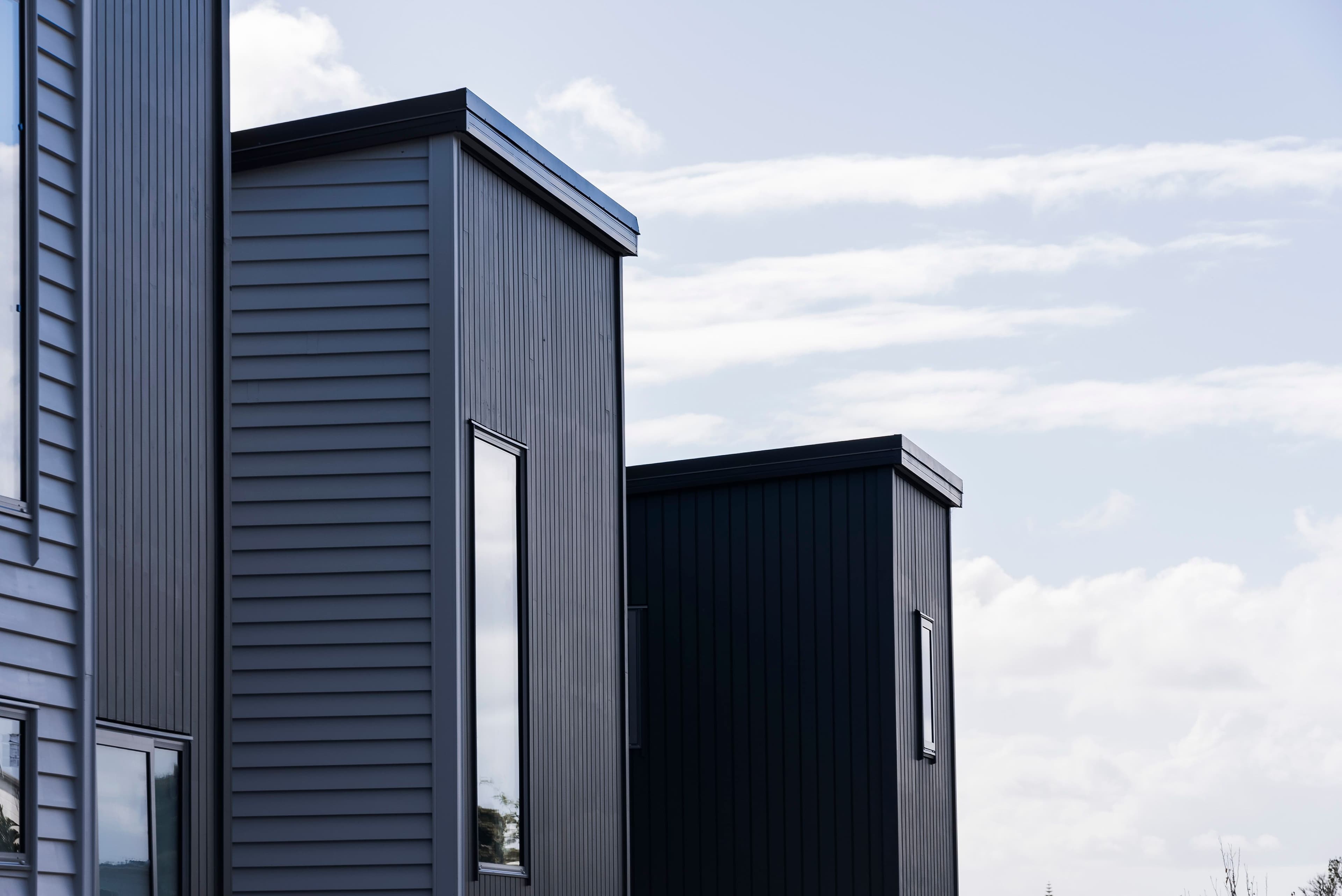EconomistCameronBagrieGivesHisThoughtsOnTheFinancialImpactOfCycloneGabrielle

The glass can be both half full and half empty when looking at the impact of Cyclone Gabrielle. As investors, it doesn’t really matter, we still need to take a drink.
The glass half full
Shocks boost growth. Insurance cheques are pending. The Government – both Local and Central, will have to open the chequebook too.
The number $13 billion is being thrown around as an initial stab on the cost of Cyclone Gabrielle. That is around one-third of all building consents issued across the entire country in 2022, and roughly in line with the gross domestic product of the entire Hawkes Bay and Gisborne region.
The $13 billion dollar number does not take into account the real cost.
The Prime Minister Hipkins recently noted that New Zealand had failed to invest enough in infrastructure “and this has to change”. The country had to build back better, so some tough calls had to made “and I’m absolutely committed to doing that.”
The National Institute of Water and Research released a report in 2019 examining how many people, buildings and how much infrastructure could be affected by extreme river and coastal flooding from storms and sea-level rise. They identified 675,000 people and 411,000 building exposed to flood risk. The value of replacing those buildings in 2023 prices would be around $200 billion. Gisborne with around 30 per cent of the population exposed, and Tasman and Canterbury the same. Almost 4,000 kilometres of electricity lines are at risk, and close to 9,000 structures along with three-water pipelines totalling 21,173 km.
Addressing those risks, and making infrastructure fit for purpose to deal with the likes of climate change has more than $100 billion of investment and a 30-year construction boom written all over it. Conventional housing demand calculations typically use population growth divided by the number of people per house. That model understates housing demand. You need to take account of depreciation on the existing stock (a lot of New Zealand’s stock is nearing the end of its useful life) and allow for mother nature’s wrath, or the impact of shocks on the housing stock. Cyclone Gabrielle, which has destroyed houses, is just that sort of shock.
The glass half empty
Lives and livelihoods have been seriously impacted. It will take some industries several years to recover in the impacted regions just like it took Christchurch time to bounce back post the earthquake.
Reconstruction activity and insurance cheques may boost growth, but it is hardly the kind we really want. Fixing, rebuilding, and recalibrating will suck up resources that could be used elsewhere.
Where will all the workers come from?
Supply shocks are inflationary. They are now occurring regularly. Gisborne and the Hawkes Bay are material food producers; cue higher food prices on limited supply.
We are amidst a series of shocks or major structural change. We have alterations to supply chains as geopolitical and de-globalisation pressures mount. A huge energy and climate change transition is underway. Just in time is now morphing into just in case; more expensive but more certain and a function of better risk management practices. Structural shifts are hitting the labour market such as demographics. Governments around the globe have under-invested in infrastructure and there are calls to redress that by spending and borrowing more, hardly what central banks want to see who would like less spending from government. Mother nature is exerting her wrath more repeatedly.
The more the government spends, and the construction sector is boosted, the more the Reserve Bank will need to take money out of other parts of the economy.
The solutions
Bludgeoning demand or raise supply to bring the two back into line to curb inflation? We would prefer the latter over the former. Policies aimed at lifting the anaerobic capacity of the economy would help. Political ideology constrains that. Those levers take time too, so demand management and the interest rate stick get used.
The economic costs of getting inflation back to 2 percent are likely to be high. They come through a recession (already forecast by both the Reserve Bank and New Zealand Treasury), lower asset prices and rising unemployment.
We have seen a modest correction in house prices. Normally, a 14 percent fall in national house prices would be considered extreme, but it needs read in the context of a 40 percent rise over the preceding two years.
We have seen one of the most rapid rise in interest rates ever. Asset prices have cracked, yet spending remains intact, and labour markets remains strong around the globe. Credit markets and emerging markets haven’t cracked. The world is still awash with cash.
The rubber will really hit the road when we see a material lift in the unemployment rate. Brace for the Reserve Bank to come under duress as they pursue their inflation objective. Maybe the goal posts need to be shifted. A two-percent inflation target is not ideal in an environment of repeating supply shocks.
A slightly higher inflation target, that is still low, would act as a lubricant allowing resources to adjust to altered settings in a more seamless fashion. Three to four percent is still low inflation. Shifting the target though when you have missed it by the long way for an extended period is not easy, it will likely just see inflation expectations ratchet up, and borrowing costs settle at higher levels.
The bottom line
There are no easy solutions around the corner or an easy path ahead. We do not have a playbook for unwinding more than a decade of quantitative easing, or how a complex array of demand and supply shifts will interact and politics is in the mix too. We sort of know the trajectory ahead, and expect to go off road on occasion with supply-shocks rapidly becoming the new normal. The one thing we do know is that inflation is disliked, and the bitter medicine to get rid of it is abhorrent too.
Author: Cameron Bagrie, Bagrie Economics, 21 Feb 2023


